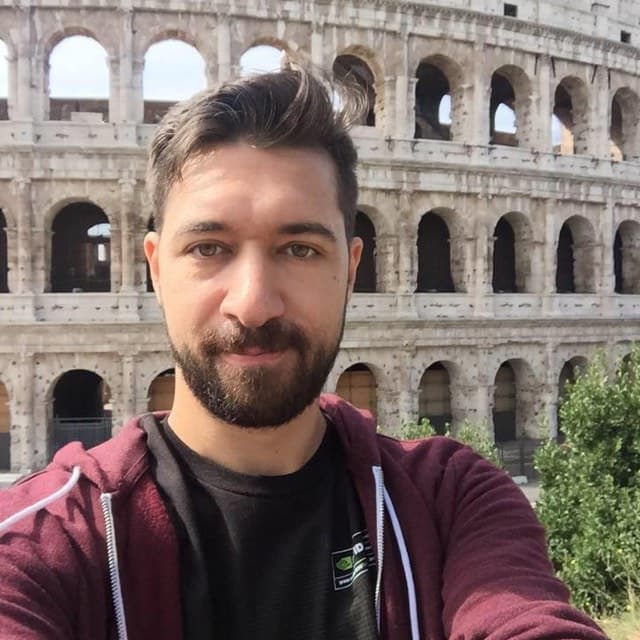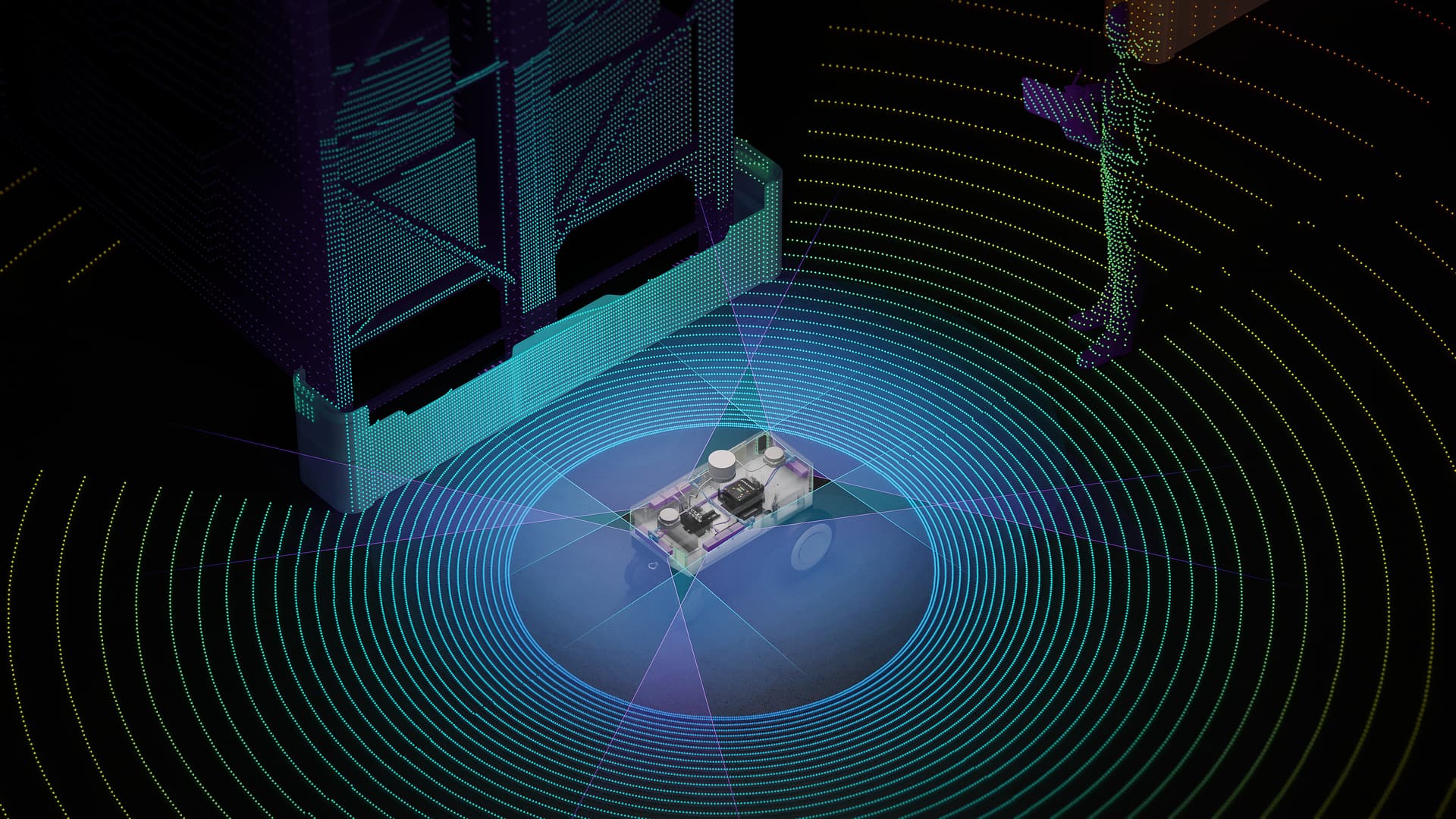Jetson students speak robot
Raffaello Bonghi studies systems automation and design and mobile platform implementation at Sapienza University of Rome and Universite Paris-Sud. But his passion for robots stems from his teens. … Studying Greek and Latin by day and electronics at night, Bonghi was soon building robots and entering competitions.
I copied and past this post, unfortunately the link is broken :sad:
Continents Apart, Two Students Share a Common Language: They Speak Robot
Posted on OCTOBER 28, 2015 by Samantha Zee
Two students, separated by different cultures and thousands of miles, share a common language. They speak robot.
Doctoral candidate Raffaello Bonghi splits his time between Italy and France. Ryan Beethe is an undergrad in Colorado. They’re at the leading edge of bot builds. We call them “Jetson Champs” because, like seven other Champs, they’ve placed the NVIDIA Jetson TK1 Developer Kit at the heart of their designs.
** PICTURE MISSING ** Rafaello Bonghi working on his Jetson TK1-powered robot.
Bonghi and Beethe’s specialty? Budget bots. While they may lack the resources and funds of a corporate R&D department, they make up for it with ingenious workarounds to engineering problems, pioneering mechanical design and highly mobile compact robots. Key to their work is the Jetson TK1, a super-powered processor integrated into a compact, mobile design.
It’s powerful enough to drive demanding applications, like computer vision and navigation. But it comes budget priced, at $192.
For enthusiasts like Bonghi and Beethe, Jetson serves as a frame for custom parts, often laser-cut in delicate forms. Yet it’s sturdy enough to support gear like motion-detecting sensors. (Read all the Jetson Champs posts in our series.)
Building a Sumo-Wrestling Bot
Bonghi studies systems automation and design and mobile platform implementation at Sapienza University of Rome and Universite Paris-Sud. But his passion for robots stems from his teens. To see how things worked, he’d take apart everything, including the family TV. Studying Greek and Latin by day and electronics at night, Bonghi was soon building robots and entering competitions.
For a youth robotics club, Bonghi created “a mini-Sumo” robot with wheels to do battle in contests, similar to sumo wrestling events. Robots spot their enemy and fight, and his mini-Sumo won.
As his robot-building skills developed, Bonghi sought out a more powerful platform, landing on Jetson, which is “the best for robotic information,” he said. Based on the NVIDIA Tegra K1 mobile processor, Jetson uses the same Kepler GPU architecture as the fastest supercomputer in the U.S. and offers more than 300 GFLOPS of performance.
Bonghi uses Jetson with ROS, an open source robot operating system, for system-level architecture, motor control and autonomous navigation. This allows him to study different sorts of drives, learn how to design control laws for his robots, and design bots that can explore novel environments. He’s looking to boost the speed and vision of his current robot, known as 4UDE (short for For Unmanned Discovery of Environments).
** PICTURE MISSING ** Ryan Beethe focuses on programming. Computer Vision on the Cheap
Beethe’s trajectory is similar to Bonghi’s. Fascinated by robots since he was in 4th grade when his parents gave him a LEGO robotics kit, he loved to see how things work.
NVIDIA’s 2015 CUDA Vision Winner, Beethe focuses on vision, navigation, obstacle avoidance and how data can be used by robots to estimate their position. He’s studying physics at the Colorado School of Mines, with an eye on electrical engineering or robotics for post-graduate work.
Frustrated by a miserably slow computer vision plan using microcontrollers, Beethe upgraded his systems with a Jetson TK1. He’s experimenting with different GPU-accelerated stereovision techniques and developing his own. “What I’m doing wouldn’t be possible without a Jetson,” he said.
** PICTURE MISSING ** Ryan Beethe’s Jetson TK1-powered robot. Beethe’s robot, constructed of PVC pipes with a rubber-band suspension, may look crude but its internal mapping software and depth-sensing is highly sophisticated.
He plans on having a highly functional robot for Colorado’s Robotics Challenge next April.
With steady technical advances in the abilities of embedded computing processors, innovators will continue to push what robots can do.
Our Jetson Champs are helping lead that evolution.
“Robotics is the future,” Bonghi said. “We’ll have robots in homes, offices and cars. We already build robots for industrial applications, but a human-friendly application is much more difficult and that’s where we need research.”
Ready to pursue your passion for robotics? Learn more about the Jetson TK1.

